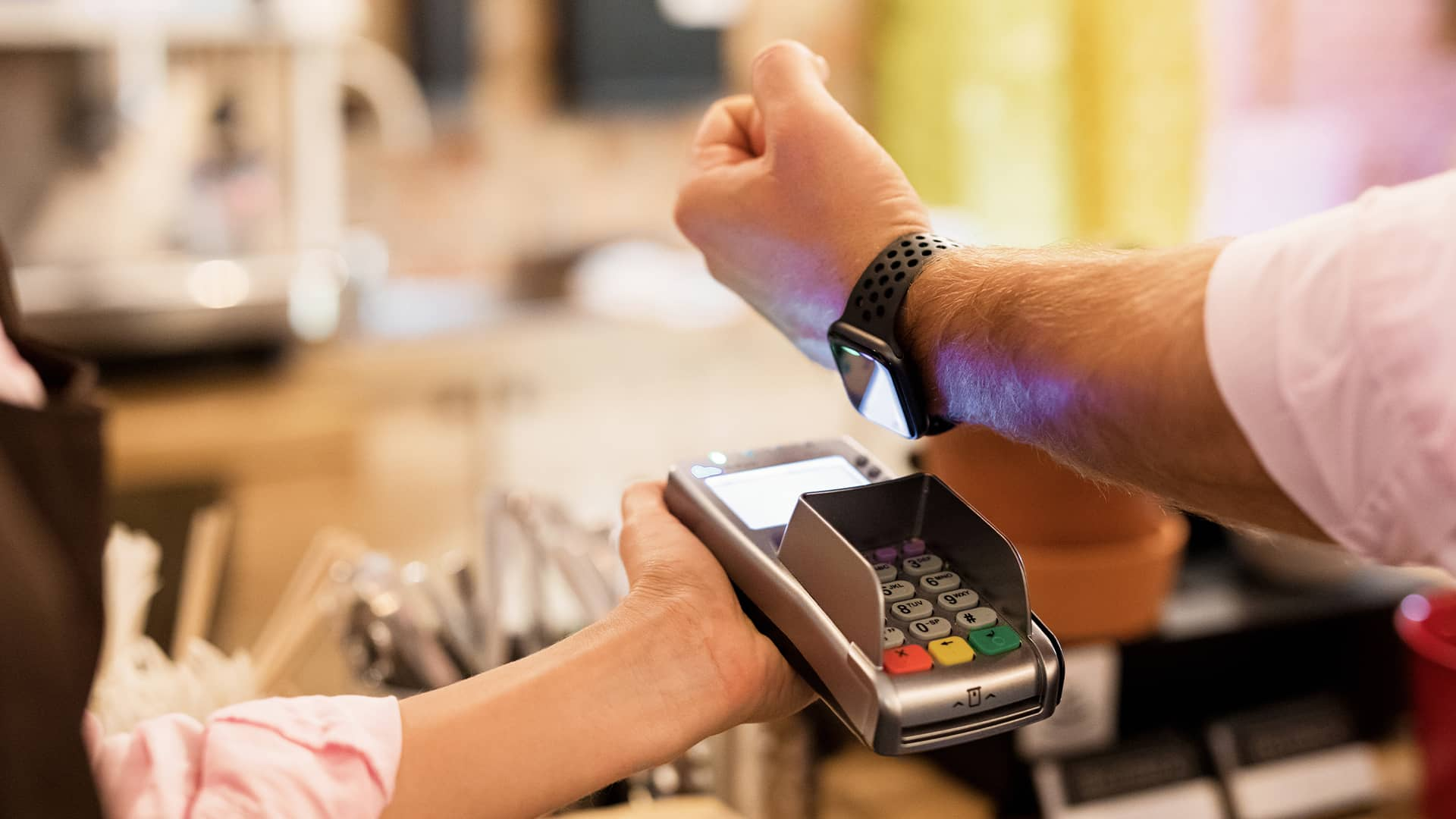In business, few things are more crucial than ensuring your goods and services are reasonably priced. If you undercharge, you’ll lose out on revenue that you could use to build your staff, improve your products, and expand your business. If you overcharge, you risk alienating clients and losing them to your rivals.
It’s crucial to know how much your customers are ready to pay, whether you’re a professional responsible for setting your company’s price strategy or an entrepreneur about to introduce a new good or service. This blog will delve into willingness to pay and how to calculate it.
What is Willingness to Pay?
The highest price a consumer is willing to pay for a good, service, or commodity is WTP or Willingness to Pay. It is a notion that aids in the calculation of total consumer demand to determine their goods’ pricing points.

Why is WTP Important?
You can only attract a buyer if your margins and pricing are reasonable. You keep some clients and lose some at the pricing you set. This is why making effective pricing decisions will help you retain clients. There is a conversion if the customer’s WTP amount equals your advertised pricing.
● Improved Segmentation
WTP is significant since it allows for better segmentation of clients based on demographics, geography, frequency, retention, income, purpose, retention, and other criteria.
● Increased Market Awareness
WTP assists you in analyzing costs and doing research to determine your competitive edge. This will help you understand how competitors’ prices compare to yours. Based on industry knowledge, you can provide a smooth experience.
How To Estimate Your Customers’ Payment Willingness?

A business can set its prices at a level that will enable it to optimize earnings and customer satisfaction by ascertaining customers’ willingness to pay. The following four techniques can be used to gauge and determine your client’s willingness to pay for your goods and services.
1. Focus Groups and Surveys
Asking your consumers is one of the most reliable ways to determine how keen they are to pay. Focus groups are generally more expensive than market surveys, although both are very effective methods. Market surveys frequently gather much quantifiable data, whereas focus groups often produce more qualitative, nuanced data.
2. Conjoint Analysis
A specific kind of survey called a conjoint survey analysis asks participants to rank certain bundled features. The replies then give each feature a numerical value (a “part-worth”) to assess the consumers’ preferences. The numbers can then be employed to forecast consumer response to a particular product and assist in deciding which features make it into the final product.
3. Auctions
Auctions are frequently more effective than other methods of extracting a consumer’s genuine willingness to pay because they link disclosing one’s preference for a product or service to the likelihood of receiving it. Although auctions can be effective tools for a seller who needs more knowledge about the desire of consumers to pay, they can also create uncertainty for consumers. Due to the uncertainty and delay, some consumers may prefer stable prices.
4. Experiments and Revealed Preference
Evaluating consumers’ willingness to pay using data from previous purchases is becoming increasingly easier. The insight is known as revealed preference since it is based on what the consumer does rather than what they say. The likelihood of missing variables confounding data interpretation is challenging this approach.
One answer to this problem is to conduct experiments to ascertain consumers’ willingness to pay. For example, you may experiment with price changes to observe how they affect sales. Confounding variables can be avoided by randomizing treatments and using control groups.
Methodologies to Measure WTP
1. Van Westendorp’s Price Sensitivity Meter
Van Westendorp’s Price Sensitivity Meter (PSM) is another research instrument; however, its technique differs from the Gabor-Granger method. Consumers are asked four specific questions on the product’s perceived worth.
The questions center on the price points at which the product is regarded as too cheap, a bargain, on the verge of being too expensive, or too costly. The places at which the cumulative frequencies of these replies intersect give a range of acceptable prices. Despite the wealth of data, the weakness of this strategy is that it needs to include the factor of competition and product replacements.
2. Conjoint Analysis
Conjoint analysis is a statistical technique for determining how customers appreciate the various elements of a product or service. Rather than directly questioning customers about their willingness to pay, this strategy entails presenting them with hypothetical scenarios, including multiple product qualities and costs. Customers then rank these combinations depending on their preferences, allowing the company to determine the importance of each attribute and their total willingness to spend.
Conjoint survey analysis, while providing a more comprehensive perspective of client preferences, can take time and effort to implement.
Conclusion
WTP measurement will bring you closer to your target audience. You can recruit more clients, better understand them, and keep them. You will better grasp your target market’s interests, requirements, and expectations.


